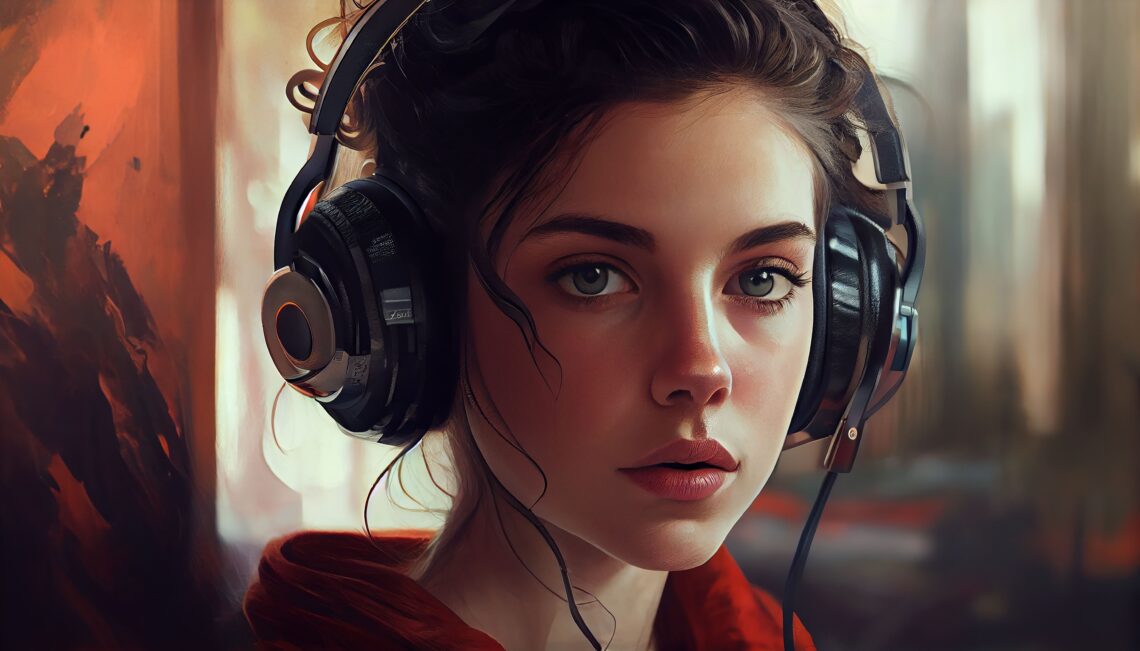
Globally, social media has almost 5 billion active users. As per Data Reportal, this equates to 70% of the world population. For brands and marketers, this makes social media one of the most promising markets. In fact, brands with a social media presence can see conversions increase by up to 700%.
However, in order to take advantage of these bustling platforms, you’ve got to stand out. To succeed amidst social media’s flood of content daily, you need a well-crafted graphic design approach to create images that attract customers and create conversions. Here are some tips on how to achieve that:
1. Determine the image’s purpose
Before you start designing, you must determine the purpose behind your work. Are you trying to create promotional material? Are you making an announcement? Or maybe you’re just trying to increase traffic? When you have a concrete goal, you can ensure that your design will be more targeted. Take note, though, that you shouldn’t try to hit too many goals with a single post. Doing this may create a cluttered and confusing design, which will not resonate with audiences.
2. Use your brand values as a design anchor
As you begin to create a concept, you’ll want to use your brand’s own identity as an anchor. This means you’ll have to consider your brand’s style guide and brand persona. These will help clarify important details like which visual assets are aligned with your brand and what tone the final image must impart. By anchoring your design on your brand’s values, you can be assured that the final output ties in with your other collaterals and online image.
3. Consider your audience’s emotional response
One of the most effective ways to target your primary audience is by tapping into their emotional responses. As explained by AskMoney, posts that touch users on an emotional level receive much higher engagement. What’s more, these are less likely to be overlooked by room scrolling consumers. Thus, when designing your image, take a moment to view it from their perspective. When you’re able to marry brand values with consumer preferences, you can create a memorable design that converts.
4. Choose the right color story
Depending on the colors you choose and how you pair them, you can trigger memories and reactions within your audience. This is called color psychology, which VeryWellMind explains as the theory in which colors can stimulate the mind in various ways. In graphic design, you can use color psychology to create a palette that evokes the ambiance you’re aiming for. As a rule of thumb, try to use only three main colors. Too many colors can strain the eyes and turn off viewers.
5. Incorporate text when possible
When used correctly, text can help communicate your image’s intent better. This can be as simple as the word or it can be a catchy tagline. When your text is short but clear, your audiences will immediately know exactly what you mean and better appreciate the image’s relevance. When adding text, limit it to two sentences or about 20% of your total image. This makes it easier for the eye to decipher, and it follows social media regulations.
6. Decide which font is appropriate
Just like the rest of the image, your choice of font can inform audiences of your personality. For instance, according to Facts, studies show that people tend to lend credence to content that uses Baskerville. Meanwhile, professionals who used more stylistic fonts were deemed more skilled. With this in mind, find a font that will elevate the message you’re delivering. If need be, you can even mix a few fonts to add visual hierarchy. This will help your text pop and make an impact.
7. Play with contrasting elements
Contrast is a great way to lead the eye and help audiences identify the focal points of an image. You can play with contrast using colors, font size, shapes, and layout. Depending on the design you’re trying to create, you can use create a contrast using one or several elements for emphasis. Keep in mind, though, that contrast is not the same as chaos. Your image should still look cohesive and your contrast should highlight not distract.
8. Add a call to action
Also called a CTA for short, a call to action can be the trigger that your audience needs. As we discussed here on UICreative before, effective CTAs must compliment your current goals and strategies. In fact, evidence suggests that personalized CTAs can convert 42% of visitors. Unlike image text which can simply state details or supplementary copy, CTAs propose specific actions you want audiences to partake in. In each copy, use only one CTA to avoid flooding your image.
9. Experiment with different content types
On social media, a growing number of users are leaning more towards videos and GIFs. As a matter of fact, these types of posts can even generate up to 80% more conversion. Hence, you shouldn’t be afraid to experiment with designs outside of still renders. If your image can benefit from a dynamic image, try rendering it as a video or GIF instead. This can attract more engagement and provide your feed with variety.
10. Make platform-specific tweaks
Lastly, do remember that each social media platform has different image size requirements. To best optimize your work, you have to comply with each platform’s specifications. This can often be done in the rendering stage before you export. When your designs abide by a platform’s size requirement, your images will look as high-quality as possible no matter what device they’re viewed from.
Though social media is a very congested platform, the reach and opportunities it provides are undeniable. By harnessing the power of effective graphic design, brands can find their niche online and use it to create an engaged and profitable community.























